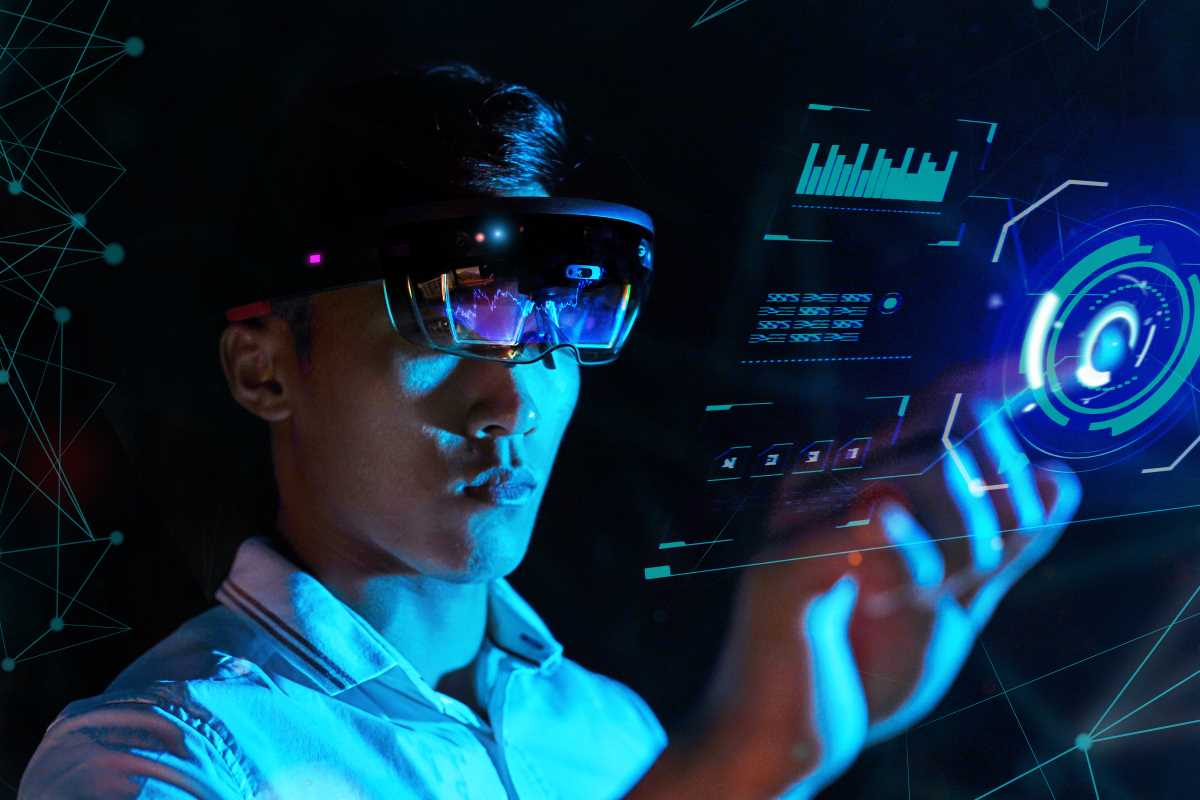The rise of 5G networks is revolutionizing the way we think about connectivity and digital infrastructure, particularly in the context of smart cities. A smart city is an urban area that uses digital technologies and data-driven approaches to enhance the quality of life for its citizens, optimize resource usage, and ensure sustainability. At the heart of these developments lies 5G, the fifth-generation wireless technology, which offers unprecedented speed, reliability, and capacity. This article explores how 5G networks are enabling the future of smart cities, transforming urban environments into efficient, sustainable, and connected ecosystems.
The Role of 5G in Smart Cities
5G networks provide the backbone for smart cities by enabling real-time communication and seamless connectivity between devices, systems, and services. The technology offers three main advantages that are pivotal for smart city initiatives:
- Ultra-low Latency: 5G reduces latency to as little as one millisecond, allowing instantaneous communication between devices. This is critical for applications like autonomous vehicles, smart traffic systems, and emergency response services.
- High-speed Connectivity: With speeds up to 100 times faster than 4G, 5G enables quick data transfer, supporting advanced applications such as high-definition video surveillance and augmented reality (AR) services.
- Massive Device Connectivity: 5G networks can support up to one million devices per square kilometer, making it possible to connect a vast array of Internet of Things (IoT) devices, from smart sensors to wearable health monitors.
Key Applications of 5G in Smart Cities
1. Smart Transportation Systems
5G is revolutionizing urban mobility by enabling intelligent transportation systems (ITS). These systems leverage real-time data to manage traffic flow, reduce congestion, and improve safety. For instance, 5G supports vehicle-to-everything (V2X) communication, allowing autonomous vehicles to interact with traffic signals, other vehicles, and roadside infrastructure. This ensures smoother traffic management, reduces accidents, and enhances fuel efficiency.
In addition, smart public transportation systems, powered by 5G, offer real-time updates to passengers regarding schedules, delays, and route changes. The technology also facilitates ride-sharing platforms and e-mobility solutions, such as electric scooters and bikes, by providing reliable connectivity for tracking and payment systems.
2. Energy Management and Sustainability
Energy efficiency is a cornerstone of smart cities, and 5G plays a crucial role in optimizing energy consumption. Smart grids, equipped with 5G-enabled sensors, can monitor and manage energy distribution in real time. This ensures a balanced energy supply and demand, reducing waste and lowering costs.
Moreover, 5G networks enable the deployment of smart meters, which provide households and businesses with detailed insights into their energy usage. These meters empower consumers to make informed decisions about energy conservation and contribute to a greener urban environment.
3. Enhanced Public Safety and Emergency Services
With 5G, public safety services can operate more efficiently and effectively. High-speed networks enable the deployment of advanced surveillance systems, including AI-powered cameras that can identify potential threats in real time. Emergency services benefit from ultra-low latency communication, allowing first responders to receive critical information instantly.
For instance, drones equipped with 5G connectivity can be deployed during natural disasters to assess damage, locate survivors, and deliver supplies. Similarly, connected wearables for emergency personnel can monitor vital signs and environmental conditions, enhancing their safety and performance.
4. Healthcare and Telemedicine
Smart cities are leveraging 5G to transform healthcare delivery. The technology facilitates telemedicine services, enabling doctors to consult patients remotely via high-definition video calls. Real-time data sharing allows for remote diagnosis, treatment, and even surgery using robotic systems.
5G also supports the integration of wearable health devices, which continuously monitor vital signs and transmit data to healthcare providers. This ensures early detection of health issues and enables personalized treatment plans, improving patient outcomes and reducing the burden on healthcare facilities.
5. Smart Infrastructure and Buildings
5G-enabled IoT devices are transforming urban infrastructure and buildings into intelligent entities. Smart buildings use sensors to monitor lighting, temperature, and occupancy, optimizing energy usage and reducing costs. Predictive maintenance systems, powered by 5G, can detect potential issues in elevators, HVAC systems, and other equipment before they fail, ensuring uninterrupted operations.
In addition, smart streetlights equipped with 5G connectivity can adjust brightness based on real-time conditions, reducing energy consumption and light pollution. They can also serve as hubs for environmental monitoring, gathering data on air quality, noise levels, and weather conditions.
Challenges and Considerations
While 5G offers immense potential for smart cities, its implementation comes with challenges. The deployment of 5G infrastructure, including small cells and antennas, requires significant investment and coordination between public and private stakeholders. Ensuring data security and privacy is another critical concern, as the proliferation of connected devices increases the risk of cyberattacks.
Moreover, equitable access to 5G networks must be prioritized to avoid exacerbating the digital divide. Policymakers and urban planners need to ensure that the benefits of smart city technologies are distributed fairly across all communities.
The Road Ahead
The integration of 5G into smart cities is still in its early stages, but the possibilities are vast. As the technology matures, it will unlock new opportunities for innovation and collaboration, transforming urban areas into more efficient, sustainable, and livable spaces. Governments, businesses, and citizens must work together to harness the potential of 5G while addressing the associated challenges.







